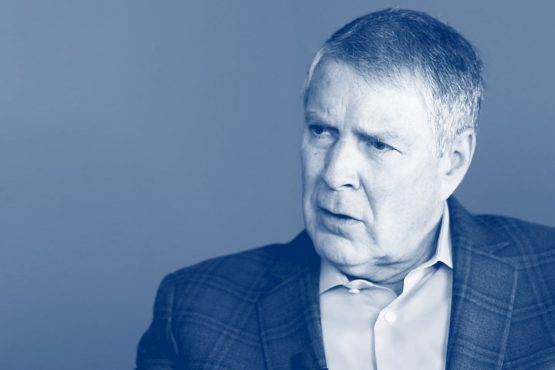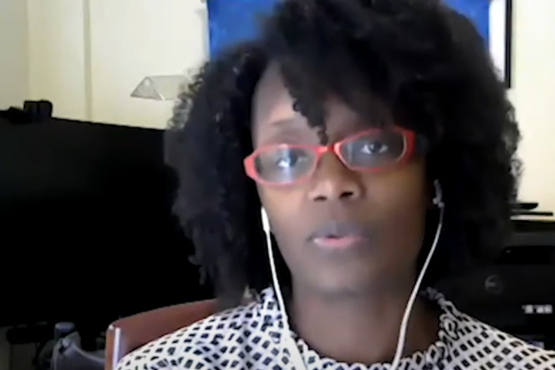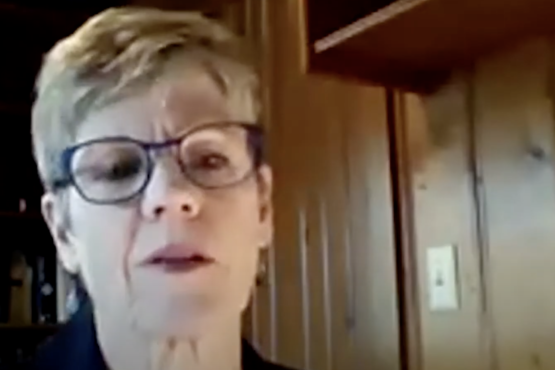The Democratic Republic of the Congo is experiencing the world’s second-worst Ebola outbreak on record. As of November 4, the World Health Organization reports 3,274 cases of Ebola (3,157 confirmed & 117 probable) and 2,185 deaths. They list 1,054 survivors and patients still under care. The number of new cases reported each week has been declining since the April peak—which is encouraging—but the fight isn’t over yet.
In its October Disease Outbreak Update, the World Health Organization reports that there has been a shift in hot spots from urban settings to more rural, hard-to-reach communities, across a more concentrated geographical area. Security threats have stalled outbreak response activities, and yesterday attackers killed a Congolese journalist who had just hosted an Ebola awareness radio program, BBC reported.
The hope in this dangerous and volatile situation lies in the vaccines that are now available. Two vaccines—manufactured by Merck and Johnson & Johnson—are available to healthcare workers in DRC. The Merck vaccine has been in use the longest. It is provided to all people at high risk of Ebola infection including those who have been in contact with a person confirmed to have Ebola, all contacts of contacts, and others determined to be at high risk of contracting Ebola. To date over 223,000 people have received this vaccination during the current outbreak.
The newer Johnson & Johnson vaccine will be deployed as early as this week. It is given as a 2-dose course, 56 days apart, and will be provided under approved protocols to targeted at-risk populations in areas that do not have active Ebola transmission as an additional tool to extend protection against the virus.
WHO ensures that there are enough vaccine doses on the ground to meet the current needs, maintaining a minimum supply of 10,000 doses at all times. Supplies of both vaccines are being constantly monitored.
Even amidst one of the worst disease outbreaks, in a country riddled with security risks and challenges, US science is saving hundreds of thousands of lives—in Africa and beyond.
These crucial and life-saving advances are supported by bipartisan legislation born during my tenure in Congress. In 2004 passed the Project BioShield Act, a $5.6 billion research effort to develop and acquire medical vaccines and treatments to protect against chemical, biological, radiological, and nuclear (CBRN) attacks. We knew that demand for drugs to treat these outbreaks is often non-existent until the crisis is upon us.
In December 2006, in my final month as Senate Majority Leader, we passed the Biomedical Advanced Research and Development Authority (BARDA) to strengthen BioShield by creating a dedicated agency within the U.S. Department of Health and Human Services focused on the procurement and development of CBRN medical countermeasures.
BioShield made Ebola one of a number of pathogens prioritized as a potential bioterrorism threat. In doing so, U.S. leadership emboldened other ally governments to also invest heavily in counter-bioterrorism. This represented a huge boost in research for a deadly disease that was otherwise neglected, ultimately leading to the creation of 11 potential Ebola vaccines.
But when the 2014 West African Ebola epidemic hit, none of these potential vaccines had yet made it to market. This was in part because, in the years since I left Washington, Project BioShield downgraded the threat Ebola posed because it was deemed too difficult to weaponize. Federal dollars were no longer being put towards creating a demand for an Ebola countermeasure, and promising vaccines sat gathering dust for nearly a decade with no funding to advance them through the lengthy licensing process.
Thankfully we learned from the 2014 Ebola epidemic. In 2017, BARDA committed Project BioShield funding to four companies in the late stages of developing an Ebola vaccine, providing support to advance these treatments to the FDA for approval.
Truthfully, in our globalized society, we can no longer count on outbreaks being locally or regionally contained. As we saw with Ebola and later Zika, one nation’s challenge can quickly become a global problem. Investing in global health reduces the spread of diseases, improves our nation’s standing in the world, and serves as currency for peace. This small sliver of our federal budget (less than 0.5%) pays life-saving dividends as it funds the infrastructure and trains the health workers that are the backbone in responding to public health crises. We must protect our citizens from bioterrorism and dangerous disease epidemics—the goal of Project BioShield—but we will fall short of this goal if we don’t look outward and invest in health beyond our borders.



